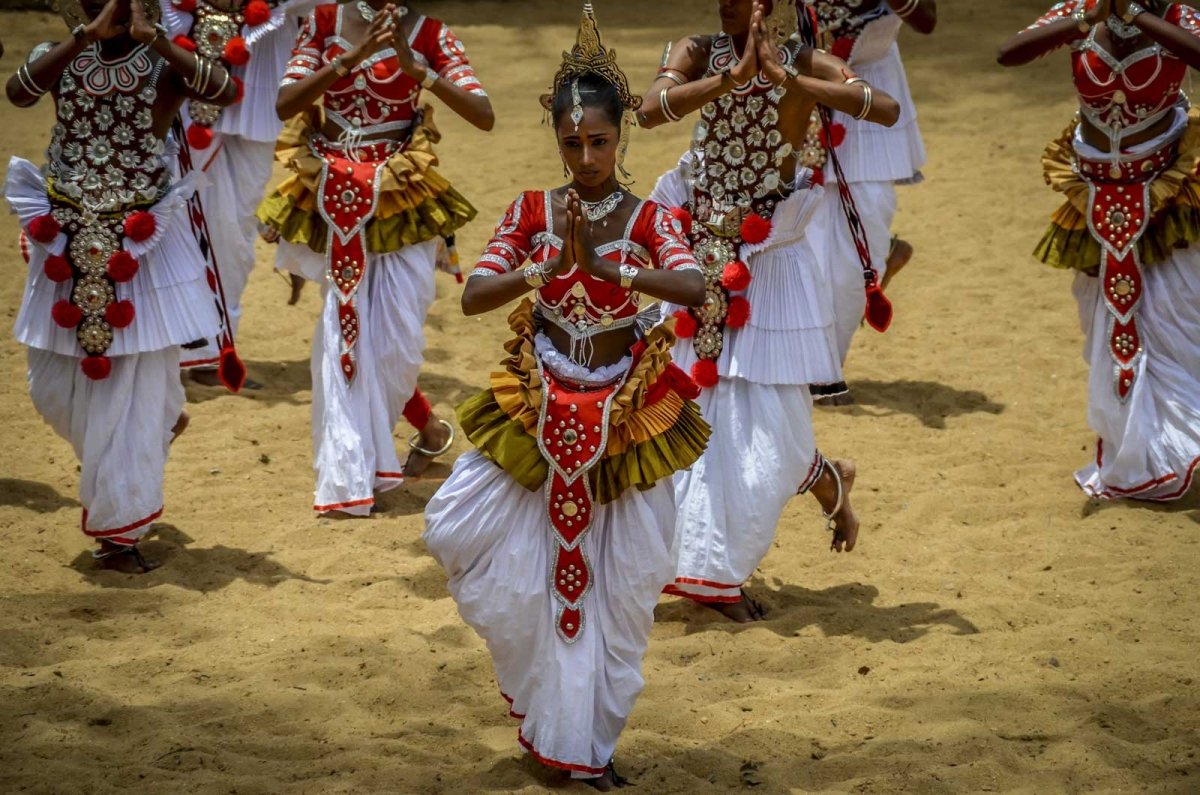Sri Lanka
3 weeks itinerary
Sri Lanka (formerly Ceylon) is an island nation south of India in the Indian Ocean. Its diverse landscapes range from rainforest and arid plains to highlands and sandy beaches. It’s famed for its ancient Buddhist ruins, including the 5th-century citadel Sigiriya, with its palace and frescoes. The city of Anuradhapura, Sri Lanka’s ancient capital, has many ruins dating back more than 2,000 years.
Solo travel to Sri Lanka. I will write about travelling solo one day about it’s advantages and disadvantages. My trip to Cejlon was absolutely brilliant. Met fantastic people, ate very good and healthy food, seen a lot of breathtaking sites.
Do your research but below highlights you certainly should consider to be part of your Sri Lanka itinerary:
Anuradhapura – a major city in Sri Lanka. It is the capital city of North Central Province. Anuradhapura is one of the ancient capitals of Sri Lanka, famous for its well-preserved ruins of an ancient Sri Lankan civilization. A MUST!
Mihintale – a mountain peak near Anuradhapura in Sri Lanka. It is believed by Sri Lankans to be the site of a meeting between the Buddhist monk Mahinda and King Devanampiyatissa which inaugurated the presence of Buddhism in Sri Lanka. It is now a pilgrimage site, and the site of several religious monuments and abandoned structures.
Dambulla – famed Royal Rock Temple is an iconic Sri Lankan image – you’ll be familiar with its spectacular Buddha-filled interior long before you arrive in town. Despite its slightly commercial air this remains an important holy place and should not be missed.
Sigriya – an ancient rock fortress located in the northern Matale District near the town of Dambulla in the Central Province, Sri Lanka. The name refers to a site of historical and archaeological significance that is dominated by a massive column of rock nearly 200 metres (660 ft) high. According to the ancient Sri Lankan chronicle the Culavamsa, this site was selected by King Kasyapa (477 – 495 CE) for his new capital. He built his palace on the top of this rock and decorated its sides with colourful frescoes. On a small plateau about halfway up the side of this rock he built a gateway in the form of an enormous lion. The name of this place is derived from this structure —Sīhāgiri, the Lion Rock. The capital and the royal palace was abandoned after the king’s death. It was used as a Buddhist monastery until the 14th century.
Sigiriya today is a UNESCO listed World Heritage Site. It is one of the best preserved examples of ancient urban planning.Bandarawela – The ancient Dhowa Buddhist rock temple is one of the well-known heritage sites in this region. Diyaluma Falls (191 m (627 ft) in height) are the most beautiful waterfalls in this region.
Tissamaharama – is an ideal base for the nearby Yala and Bundala National Parks.
Tangalle – one of the largest towns in southern province. It has a mild climate, in comparison to the rest of the district, and sandy beaches. Tangalle is a regionally important fishing port, situated on one of the largest bays in Sri Lanka, which is protected from the ocean by an enclosing reef. It is a centre of tourism and a popular holiday destination on the south coast.
Matara – a major city in Sri Lanka, on the southern coast of Southern Province, 160 km from Colombo. It is a major commercial hub, and it is the administrative capital of Matara District.
Mirissa – Whale Watching, Mirissa beach, Sri Sunandarama Temple
Galle – famous for Old Town and its Fortifications, Japanese Peace Pagoda, Whale watching cruises and more…
I travelled to Sri Lanka in April (about Easter time) and this is considered slightly after the peak season there, everything is much cheaper and there is a good selection of choices for finding accommodation. Less tourists as well if you need a quiet holiday. Weather – not too much difference than in peak season 😉
Train travel in Sri Lanka
Sri Lanka is a fabulous place, safe, friendly and remarkably hassle-free.
Sri Lanka's railways are a great way to get around and a real cultural experience. The most scenic routes will be highlights of your visit, in particular the wonderful journey from Colombo to Kandy and up into Tea Country and the coastal train from Colombo to Dutch colonial Galle.
British visitors will find the stations, signal boxes and old red semaphore signals very familiar!
Please visit www.seat61.com/SriLanka.htm for more details about how to travel in Sri Lanka by train.
Sri Lanka Railway Network. Source: www.seat61.com/SriLanka.htm






































